How To Set Up A Home Recording Studio: Building the Studio of your Dreams!
Setting up a home recording studio can be overwhelming. The best way for a beginner to build a home studio is to keep everything simple.
There is a huge myth that you NEED to get the most expensive recording equipment or your mixes will sound HORRIBLE.
While it’s true, expensive equipment does tend to make things sound amazing, starting out with professional big-budget equipment might not be the best path to go down.
Just because you aren’t spending thousands of dollars on your studio, doesn’t mean that your mixes will sound trashy. You’ll be blown away with the quality of music that people can create with “budget” equipment.
Another standard when starting out is that people think you have to buy all the equipment in one burst. A better plan would be to buy equipment as you go.
Maybe you’ll first buy an audio interface and studio monitors this month. Maybe next month you’ll think about buying a midi keyboard. This will give you more time to get used to the gear you own without becoming overwhelmed(and broke).
The purpose of this article is to help beginners get started. Creating a home recording studio can be hard. Other articles I have read on this topic aren’t too helpful.
They will only tell you that you NEED this and NEED that and without THIS and THAT, you can’t make music. I want to better explain why you MIGHT need THIS and COULD POSSIBLY need THAT.
If you have any questions about setting up a home recording studio, don’t hesitate to leave a comment down below.
What Will Be Covered In This Article:
- What You Will Need To Set Up A Home Recording Studio
- Choosing The Right Equipment
- Choosing A Mixing Desk
- Acoustic Treatment For A Home Studio
What You’ll Need:
1. A fast and reliable computer
This is very important, but often overlooked. Unless you are rocking a 100% analog, non-computer setup, this is important.
A slow computer makes music production a nightmare. Audio-dropouts, a frozen computer screen, and random sound-glitches, are all common occurrences for slow computers.
2. An audio interface
The main purpose of an audio interface is to have a means to connect your recording equipment. Audio interfaces all have preamps to amplify your instruments, and phantom-power to support condenser microphones.
3. Studio monitors
Studio monitors are needed to get an accurate sound of your mix. Having studio monitors over an average pair of computer speakers makes a huge difference in the outcome of your mix.
4. Studio headphones (optional)
Studio headphones are nice to have, if you can afford them. They are cheaper, but will provide a less-accurate representation of your mix. We’ll talk more about this later.
5. A midi keyboard
A midi keyboard can be considered optional, but it is super-handy to have. Creating melodies, chord-progressions, and bass-lines, becomes much easier when you have a physical keyboard.
Some producers prefer to draw in their notes through software. It all depends on your personal preference.
6. A Microphone
If you plan on miking instruments or recording vocals, chances are you’ll need a microphone. Keep in mind that you need an audio interface to plug in your microphone(unless it’s a USB microphone, which I don’t recommend).
Choosing The Right Equipment:
We have already gone over what equipment you need for setting up a home recording studio. Hopefully you have decided what is necessary for your needs.
Down below, you’ll find a bit more information on choosing studio equipment.
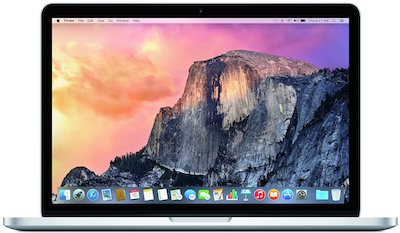
Choosing A Computer For Music Production:
When buying a computer, faster is always better. Surprisingly, expensive is not always better.
I prefer using a Macbook Pro, but admittedly using a Mac is not the most economical decision you can make. For the same price of a Macbook Pro 13”, you can get a Windows computer with twice the specs and a larger screen.
The reason I choose to use a Mac is because they tend to be more reliable in the long run(IMHO) and have a much sleeker design with an intuitive and clean interface. Whether you choose to go down the Mac or Windows path is completely up to you and your budget.
If you are looking for recommendations, check out my Best Computer For Music Production and Best Laptop For Music Production articles.
RAM:
The first, and arguably most important, spec to look for is the amount of RAM.
So what is RAM? **R**andom **A**ccess **M**emory is basically temporary storage that your computer can access. All we need to know is that the more of it you have, the faster your computer will go. Simple.
I’d recommend choosing a computer that has 4GB of RAM or more. Try to go for an 8GB RAM computer if you can.
Hard Drive Space:
You have two options with hard drives:
- Get a huge normal hard drive(1TB+)
- Get a smaller solid-state hard drive
The advantage of a solid-state drive is that it’s much faster. Programs will load up in a heartbeat, your computer will boot in a few seconds, and your computer will generally run faster.
The bad side of solid-state drives is that they’re EXPENSIVE. You’ll spend the same money for a 150GB solid-state drive that you would for a 1TB normal hard drive.
The advantage of a regular hard drive is that you can get a whole lot more space for a much smaller price. If you’re going to have a ton of drum samples, loops, and audio plugins, a normal hard drive might be a better option.
Another method you can do is to get a computer with a solid-state drive and then buy a USB external hard drive. Loading files off the external drive might be a little slow, but your computer will load much faster. I’ve even seen computers build with both a solid state and a normal hard drive for just this reason.
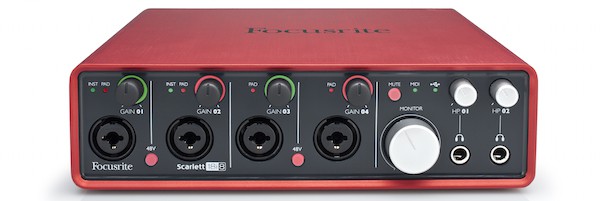
Choosing An Audio Interface
Choosing an audio interface is highly dependent on how many different peripherals you want to plug in.
If you aren’t doing much recording when you first start out, you might be able to get along without one for a while. Keep in mind that you still need a way to plugin your studio monitors.
For 9-out-of-10 beginners, the Focusrite Scarlett 18i8 will suffice. It provides a ton of value for it’s reasonable price.
On the Scarlett, there are 18 inputs and 8 outputs. This is more than enough for a beginner. You can read my complete review of it here.
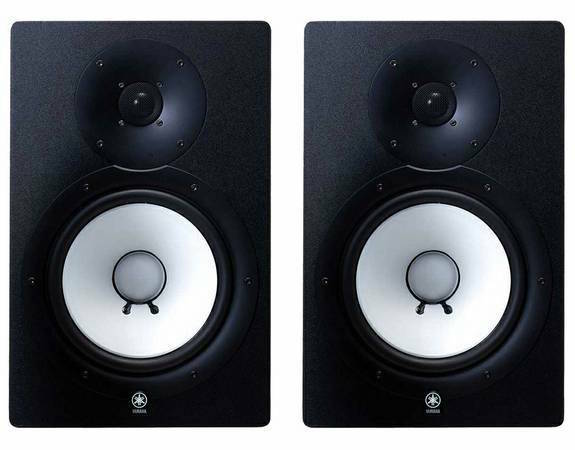
Choosing Studio Monitors:
When buying studio monitors, you need to find a pair of speakers that will provide a flat and accurate sound.
The point of studio monitors is produce a sound that is an accurate representation of what your mix will sound like. This will help better translate your mixes on other speakers.
The best studio monitor I have found for beginners would be the Yamaha HS8.
I noticed a lot of beginners were starting with a pair of KRK RP5s. In my opinion, these monitors are over-hyped and don’t produce that great of a sound.
The HS8 is a great pick for any small to medium sized studios. It produces a nice and flat representation of your mix. It even has a reasonable, un-saturated amount of low-end.
It’s important to read a ton of reviews before making a purchase on any monitors. A lot of monitors lack a decent sub frequency and need a sub-woofer to get a good sound.
Make sure to NEVER buy a pair of monitors for less than $200. If your budget is that low, I’d recommend buying a pair of studio monitors headphones instead.
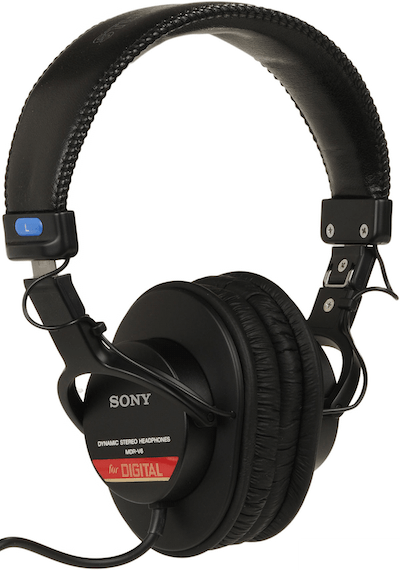
Choosing Studio Headphones:
If you had to pick between getting a pair of studio monitors vs getting a pair of studio headphones, I’d recommend buying a pair of studio monitors instead.
If you are confused on the differences between studio headphones and speakers, I made an awesome infographic to help you out!
Headphones come in handy mostly for referencing.
When you’re wearing headphones, you don’t have to worry about room acoustics. This is both a good and bad thing. Headphones give a more inaccurate mix that appears much wider than it actually is.
The best beginner studio monitor headphone that I can personally recommend is the Audio-Technica ATH-M50X.
Years ago, I bought the original M50 and it was great! The M50x is a revamped version that is more durable and has new features.
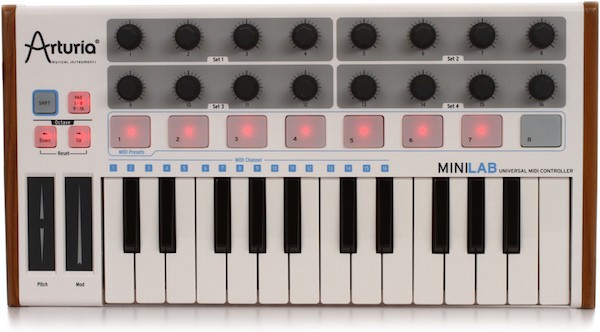
Choosing A Midi Keyboard
While a midi keyboard is technically optional, it can be very useful. It’s much harder to mess around with melody ideas in software than it is with a physical instrument.
You don’t need the biggest and baddest midi keyboard. I put together a list of the best midi controllers and keyboards.
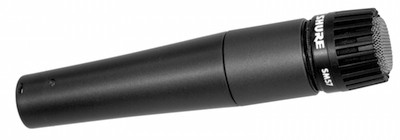
Choosing A Microphone
There are a few different types of microphones to choose from. A question you have to ask yourself is “what will you be miking?”
Before we start talking about the two main types of microphones, I want to make the point that you should NOT buy a USB microphone. While they might seem like a good buy, they are not versatile for studio use.
USB microphones are best for podcasting. I’d recommend reading this article to find out the differences.
XLR microphones are what you should be looking for. Keep in mind that they require an audio interface.
Condenser Microphones:
Condenser microphones pick up sound from all directions. They are best for vocals but can be used for many purposes. They also require phantom-power, which most audio interfaces support nowadays.
Condenser microphones also sound quite good for miking guitar amps.
Dynamic Microphones:
Dynamic microphones don’t require phantom power. They are mono-directional, meaning that they pick up sound from one side of the mic.
These microphones can be a great idea if you don’t have a vocal booth set up. You’ll get much less background noise when the mic is set up properly.
If you plan on recording a lot of vocals, you might find my article, Best Microphones For Recording Vocals, quite useful.
Choosing A Mixing Desk
Thankfully choosing a desk for a home studio is not rocket science. However, the desk you buy will impact your workflow, which can indirectly affect the quality of music you produce.
You should keep your studio monitor placement in mind. You will want your studio monitors to be at a similar level to your ears. That is why a lot of desks elevate studio monitors.
You should also keep in mind where your gear will go. A lot of desks will have pull-out space for your computer keyboard and mouse so that you’ll have more desk real-estate for your gear.
Don’t want to spend much money on a desk? No worries! Checkout my post about free recording studio desk plans!
Acoustic Treatment For A Home Studio
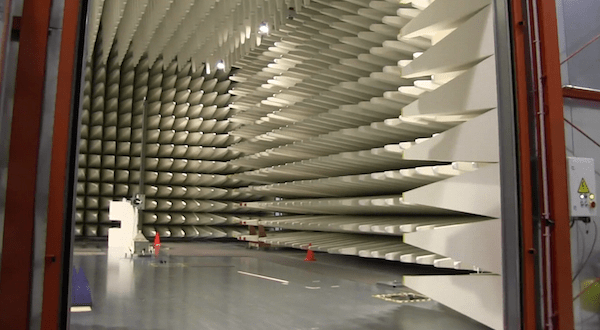
The point of acoustic treatment is to reduce the reflections in your room so that sound won’t bounce off the walls causing mud in your mix.
Acoustic treatment doesn’t have to be expensive. Just check out this wonderful Instructable on acoustic treatment.
If you are a hobbyist that isn’t planning on getting serious right away, I’d recommend ignoring acoustic treatment when you first start. If you have the time, I highly recommend you read this SoundOnSound article about acoustic treatment. It’s a bit wordy but is packed with excellent information.
Final Notes
So there you have it!
If you have made it this far in the article, I solute you! The most important part about building a home recording studio is to buy only what is important to your needs and your budget. Don’t be pressured to by ultra-expensive gear just because a pro said he made a “banger” with it.
If you felt I missed something, could’ve explained something better, or if you just have a question, feel free to drop a comment down below!
Photo Credit: The image at the top of this post was shot by David Podosek.
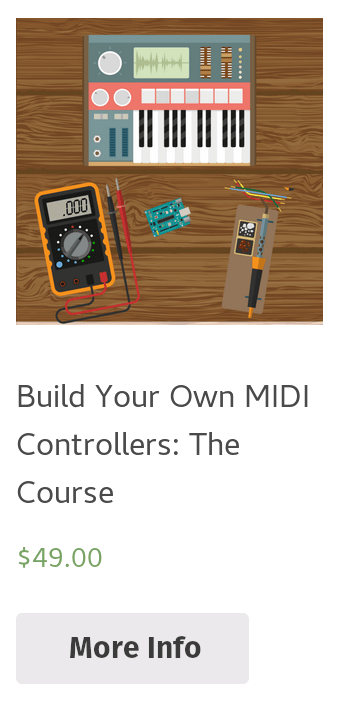
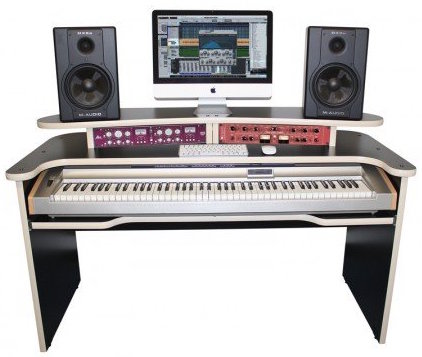
Leave a Comment
2 comments
Wow, thank you for going all out on this post! There isn’t much quality information out there about starting up a home recording studio and you’ve paved the path for me for sure! :)
I’ve bookmarked this post for future reference, I’m going to be doing music production in the near future :) thanks again!!!
No problem Colten. Thanks for the nice comment!